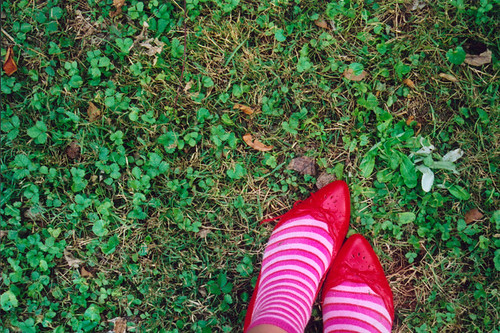Example:
Read More...
There 3 steps to create that 'Read More' link.
Step 1, update your template:
1. You must login on Blogger.
2. Click on Layout.
3. After that, click on Edit HTML.
4. Find 'Expand Widget Template' checkbox, then check it.
5. Find this code on HTML code:
6. Delete that code, change with this one:
<style>.fullpost{display:inline;}</style>
<p><data:post.body/></p>
<b:else/>
<style>.fullpost{display:none;}</style>
<p><data:post.body/></p>
<a expr:href='data:post.url'>Read More......</a>
</b:if>
7. Save our works.
Step 2, create your template post:
1. Click on Setting > Formatting.
2. Find 'Post Template' form, fill the form with this code:
</span>
3. Save.
Step 3, create your new post:
1. Create new post.
2. Between 2 tabs, 'Compose' and 'Edit HTML', choose Edit HTML. You can see code of post template.
3. Put your main article before '<span class="fullpost">' and rest your article after that. Close the article with this code '</span>'
Now, the example code:
<span class="fullpost">Even you using a free public template. If you choose using a free public template, you still have to modify your current header. Give some touch to look different form the original. That's makes your blog can be different.</span>
-- D O N E --















 "Are you one of those people that tries to convince everyone around you to read your blog? Do you dream of RSS? I highly suggest you take this quiz, it could save your life."
"Are you one of those people that tries to convince everyone around you to read your blog? Do you dream of RSS? I highly suggest you take this quiz, it could save your life."







